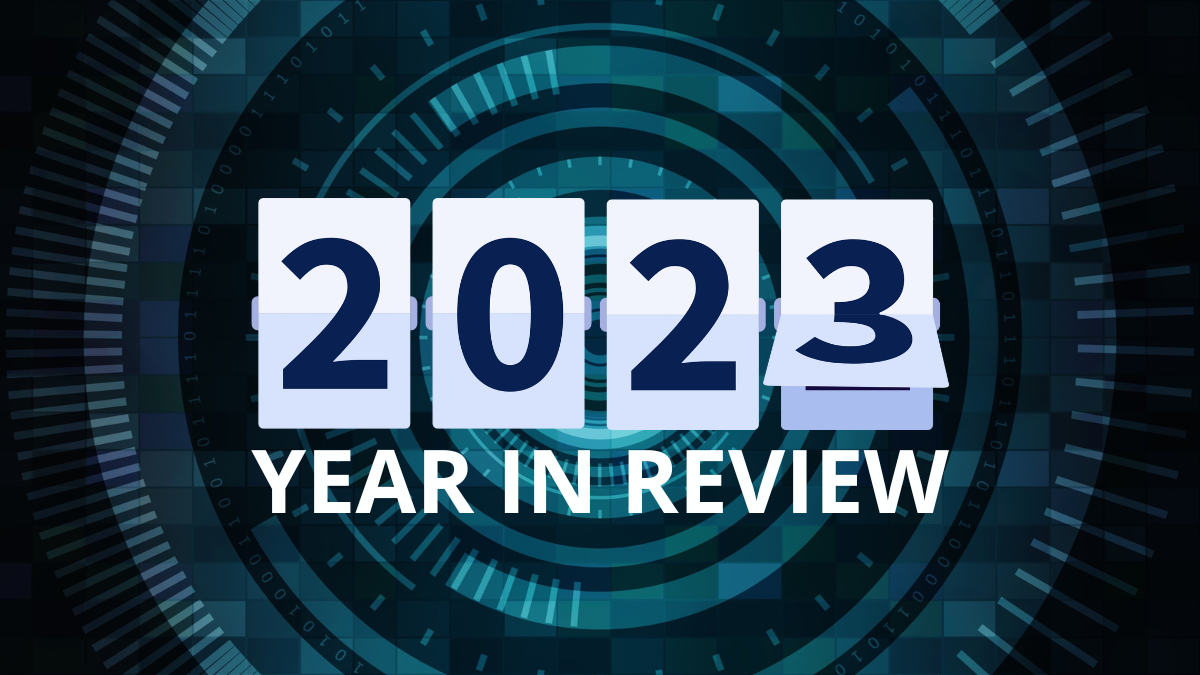The final quarter of 2024 showcased a mixed economic landscape as the world economy navigated through persistent geopolitical tensions, moderating inflation rates, and evolving central bank policies. Despite headwinds, global growth maintained modest momentum, driven by emerging markets and a resilient services sector in advanced economies.
In Q3 2024, the global economy showed mixed performance, characterised by high interest rates slowing growth, while inflation moderated. The U.S. and Europe faced weaker consumer spending, whereas India thrived with strong growth. China's recovery lagged, and uncertainties in Q4 hinge on central bank actions and geopolitical factors.
Australia’s monetary policy tightening has affected individuals, companies, and the country’s overall economy...
At the recent IMAP Portfolio Management Conference in Sydney, Rob da Silva moderated one of the panel discussions.
Within the first quarter of 2024, the US stock market displayed significant resilience, with technology and value stocks leading to substantial gains amid AI boom and despite the apprehensions about prolonged high-interest rates.
The United Nations celebrates International Women’s Day with the theme “Count Her In: Invest in Women. Accelerate progress”. This emphasizes that investing in women can make impactful changes for a better society. UN Women shared these 5 things to accelerate women’s economic empowerment.
VisualCapitalist presented a compelling graphic of the 2023 Year in Review.
As 2024 approaches, the global economic and political landscape is fraught with uncertainty. Sustainable rallies in risk assets depend on reduced interest rates and easing monetary policies, potentially tied to market corrections or a decrease in inflation. Read the short version of our quarterly commentary to learn more.
The 2023 Stress Test Results and the Delinquency Rates from Federal Reserve System, and the report from CoreLogic collectively give a positive insight about the United States financial landscape.







RIPPL Investment Commentary – March Quarter 2025